The ABCs of Groomer Safety: A Guide to Ensuring a Safe Working Environment
Learn the ABCs of groomer safety in this comprehensive guide

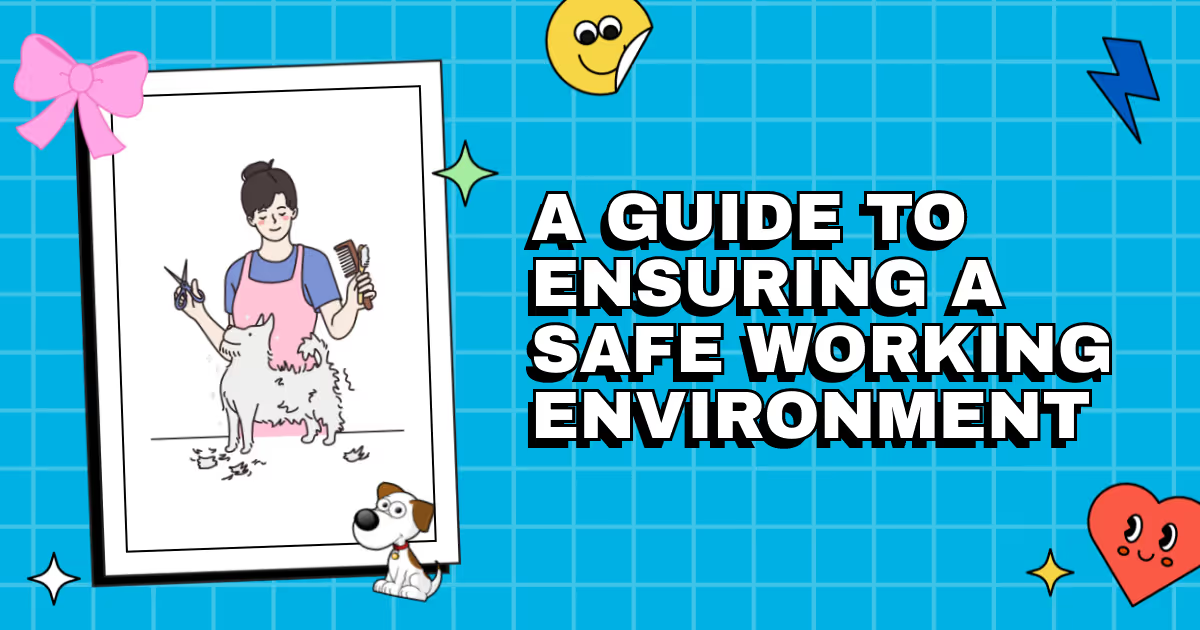
The ABCs of Groomer Safety: A Guide to Ensuring a Safe Working Environment
Introduction
As professional dog groomers, our top priority is the safety and well-being of the dogs we care for. A safe working environment not only protects our furry clients but also helps us avoid potential injuries and liabilities. In this comprehensive guide, we will cover the ABCs of groomer safety, providing you with actionable tips to create and maintain a safe environment for both you and the dogs you groom.
1. Always Prioritize Education and Training
The foundation of groomer safety lies in education and training. It is crucial to continuously update your knowledge and skills through formal education programs, workshops, seminars, and online resources. Stay updated on the latest grooming techniques, products, and safety protocols to ensure you are providing the best care possible.
Consider seeking certifications such as the National Dog Grooming Association of America (NDGAA) Certification, which demonstrates your commitment to professionalism and safety. The more knowledgeable you are, the better equipped you will be to handle any potential hazards.
2. Be Mindful of Zoonotic Diseases
Zoonotic diseases are infectious diseases that can be transmitted between animals and humans. As groomers, we have close contact with dogs, making it crucial to stay vigilant and take necessary precautions to prevent the spread of zoonotic diseases.
One effective way to minimize the risk is by practicing proper hygiene and sanitation. Wash your hands thoroughly with antibacterial soap before and after each grooming session. Regularly clean and disinfect your tools, equipment, and workstations.
It's also essential to educate dog owners about the importance of regular vaccinations and parasite control for their pets. By promoting responsible pet ownership, you can help reduce the likelihood of zoonotic diseases.
3. Establish Safe Handling and Restraint Techniques
Safe handling and restraint techniques are vital to ensure the safety of both you and the dogs you groom. Dogs may become anxious, fearful, or aggressive during grooming due to various factors such as previous negative experiences or underlying health issues.
Always assess a dog's behavior and temperament before proceeding with any grooming procedures. Use positive reinforcement techniques to make the experience more comfortable for the dog and reduce the likelihood of aggressive responses.
When necessary, utilize appropriate tools and equipment, such as muzzles or grooming restraints, to ensure your safety and the dog's safety. Remember, effective communication and gentle handling are key to maintaining a positive relationship with the dogs you groom.
4. Create a Safe and Well-Organized Workspace
An organized workspace is essential for groomer safety. Keep your grooming area clean and free from potential hazards. Prevent slips and falls by ensuring the floor is dry and safe to walk on.
Proper storage of grooming tools and chemicals is crucial to prevent accidents. Place sharp objects such as scissors or blades in designated containers when not in use. Keep hazardous chemicals out of reach and use them in well-ventilated areas.
Invest in quality lighting to ensure proper visibility during grooming sessions. Well-lit work areas reduce the risk of accidents and allow you to identify potential grooming issues more effectively.
5. Use Appropriate Personal Protective Equipment (PPE)
Personal Protective Equipment (PPE) plays a vital role in safeguarding groomers from potential hazards. Always wear appropriate PPE such as gloves, goggles, and masks when necessary.
Gloves are particularly important to protect against bites, scratches, and chemical exposure. Choose gloves made of durable materials that provide a good grip while allowing for dexterity.
Wearing protective eyewear and masks can protect against airborne particles, dander, and chemical fumes. Invest in high-quality PPE and ensure it is well-maintained and replaced when necessary.
Conclusion
Ensuring a safe working environment is crucial for professional dog groomers. By prioritizing education, understanding zoonotic diseases, establishing safe handling techniques, maintaining an organized workspace, and utilizing appropriate PPE, you can create a safer environment for both yourself and the dogs you groom.
Remember, safety is an ongoing process, and constant vigilance is key. By following these ABCs of groomer safety, you not only protect your well-being but also enhance your professional reputation as a responsible and reliable dog groomer.

























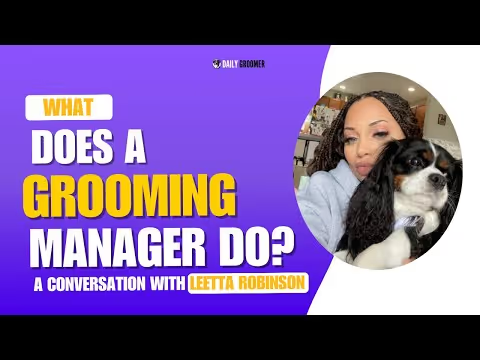



















.avif)

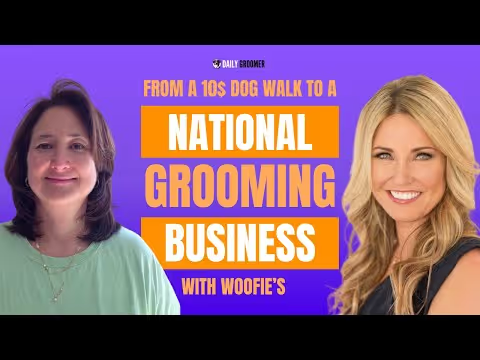










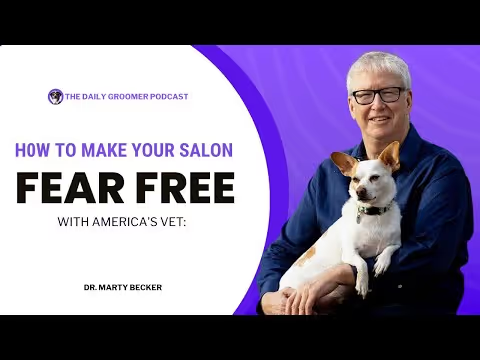













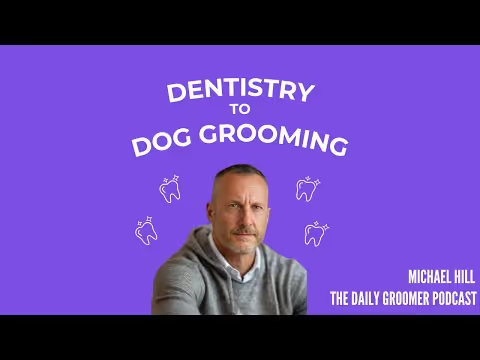









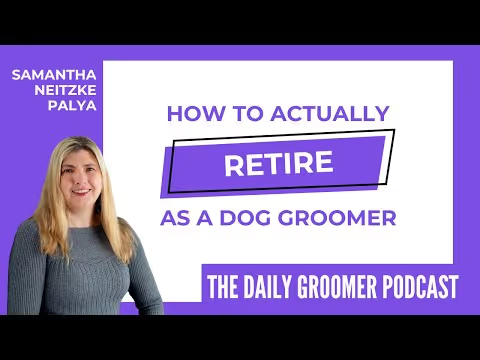













.avif)



